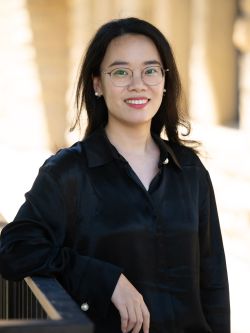Event Date/Time
Location
Series/Event Type
Metal additive manufacturing (AM) offers the potential to change the manufacturing engineering landscape by producing parts with intricate geometries, minimal loss of material, and tailored performance not possible with conventional manufacturing methods. However, limited material selection and non-optimal process parameters might lead to defects, such as porosity and cracking, which will affect mechanical properties. The ability to accurately predict the extremely variable temperature field in detail, and relate it quantitatively to structure and properties, is a key step in enhancing part performance and optimizing process design. This talk will cover the study of melt pool dynamics and microstructure evolution in AM with the approach combining mechanistic models, machine learning, and operando x-ray experiments. Specifically, I will present a systematic modeling and experimental study on the relationship between the thermal characteristics of AM and the resultant microstructure and properties. I will then discuss how nanoparticles influence melt pool stabilities, grain sizes, and mechanical properties in metal AM. I will also introduce my recent work on the understanding of defect and bubble formation in AM with the first ultrafast Transmission X-ray Microscopy. The insights gained through the study can help better understand the mechanism of melt pool dynamics, material solidification, defect and bubble formation, and the relationship between process-structure-properties in AM.
Speaker Bio
